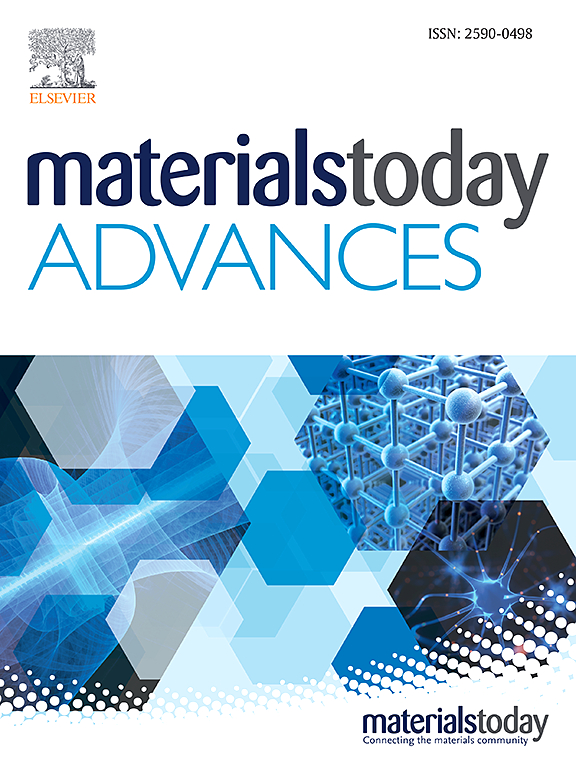A new paradigm in electron microscopy: Automated microstructure analysis utilizing a dynamic segmentation convolutional neutral network
IF 8
2区 材料科学
Q1 MATERIALS SCIENCE, MULTIDISCIPLINARY
引用次数: 0
Abstract
Over the past half century, the transmission electron microscope enabled insight into the fundamental arrangements and structures of materials. State-of-the-art electron microscopes can acquire large image datasets across multiple imaging modalities. However, the manual annotation process for feature or defect quantification may not be feasible with the modern microscope. Convolutional neural networks emerged to characterize individual microstructural features from an image in a cost-effective, consistent manner. However, many of these neural network approaches rely on thousands to hundreds of thousands of manual annotations of each feature type across hundreds of images to train the network for adequate performance. This work focused on the development and application of a pixel-wise defect detection machine-learning dynamic segmentation convolutional neural network with associated automated acquisition and postprocessing to identify microstructural features rapidly and quantitatively from a small initial dataset incorporating multiple imaging modes. The approach was demonstrated for characterization of superalloy 718 from both single image acquisition on multiple detectors to in-situ evolution captured with a single detector on a standard desktop computer to demonstrate the low barrier to entry required for widespread adoption. Pixel-by-pixel class identification was excellent with strong identification of chemically distinct phases, structurally distinct phases, and defect structures, thus demonstrating the new paradigm of machine learning-assisted characterization.电子显微镜的新范例:利用动态分割卷积中性网络自动分析微观结构
在过去的半个世纪里,透射电子显微镜使人们得以深入了解材料的基本排列和结构。最先进的电子显微镜可以通过多种成像模式获取大量图像数据集。然而,现代显微镜可能无法实现手动标注特征或缺陷量化过程。卷积神经网络的出现是为了以经济、一致的方式表征图像中的单个微观结构特征。然而,这些神经网络方法中的许多都依赖于在数百张图像中对每种特征类型进行数千到数十万次手动注释,以训练网络获得足够的性能。这项工作的重点是开发和应用像素缺陷检测机器学习动态分割卷积神经网络,并进行相关的自动采集和后处理,以便从包含多种成像模式的小型初始数据集中快速、定量地识别微结构特征。该方法针对超合金 718 的特征描述进行了演示,从多个探测器上的单一图像采集到标准台式计算机上使用单一探测器捕获的原位演化,展示了广泛采用该方法所需的低门槛。逐个像素的类别识别效果极佳,能很好地识别出不同的化学相、不同的结构相和缺陷结构,从而展示了机器学习辅助表征的新模式。
本文章由计算机程序翻译,如有差异,请以英文原文为准。
求助全文
约1分钟内获得全文
求助全文
来源期刊

Materials Today Advances
MATERIALS SCIENCE, MULTIDISCIPLINARY-
CiteScore
14.30
自引率
2.00%
发文量
116
审稿时长
32 days
期刊介绍:
Materials Today Advances is a multi-disciplinary, open access journal that aims to connect different communities within materials science. It covers all aspects of materials science and related disciplines, including fundamental and applied research. The focus is on studies with broad impact that can cross traditional subject boundaries. The journal welcomes the submissions of articles at the forefront of materials science, advancing the field. It is part of the Materials Today family and offers authors rigorous peer review, rapid decisions, and high visibility.
 求助内容:
求助内容: 应助结果提醒方式:
应助结果提醒方式:


